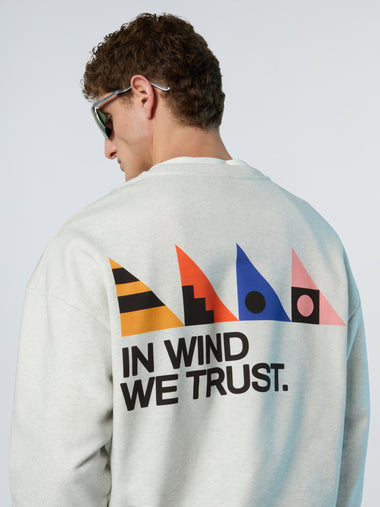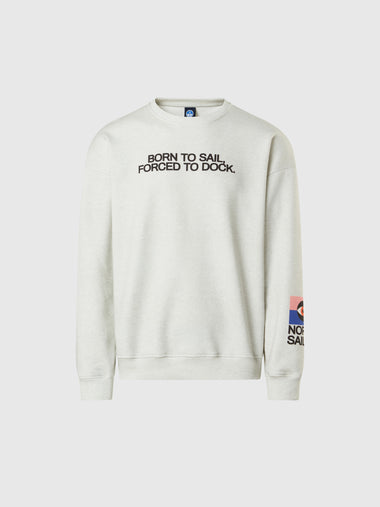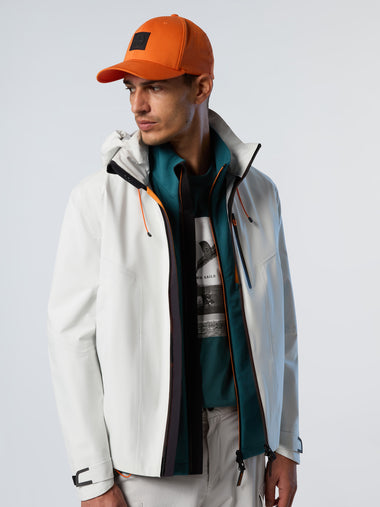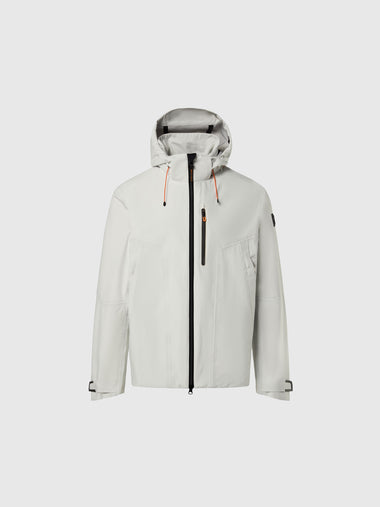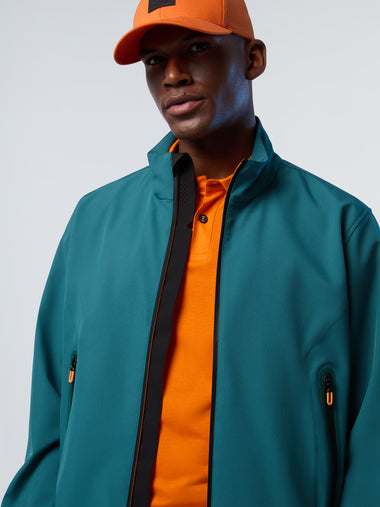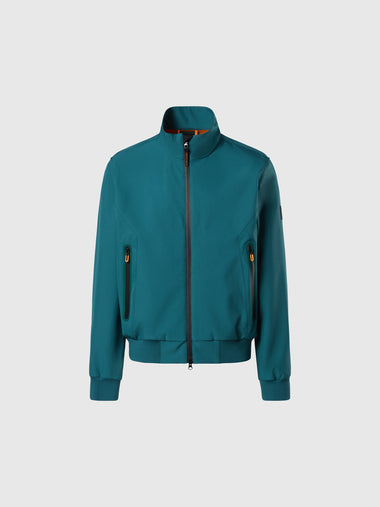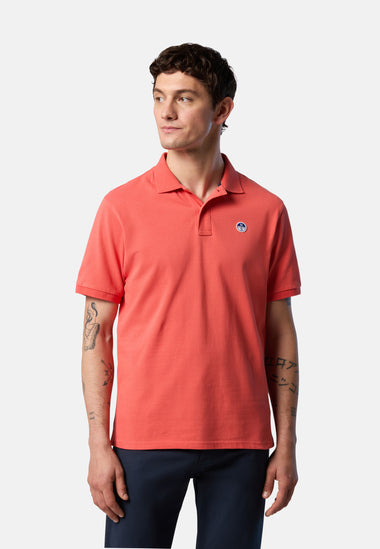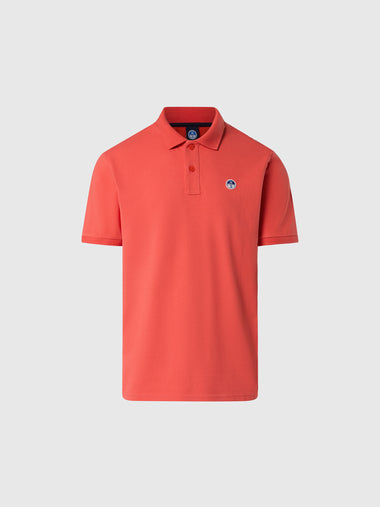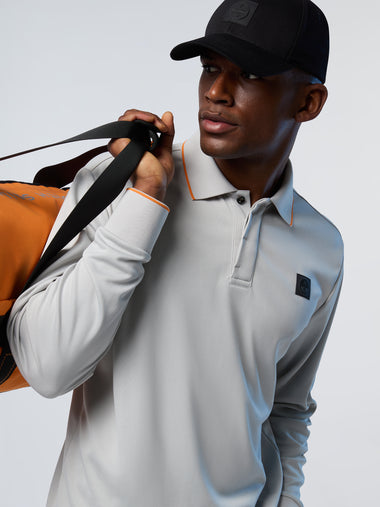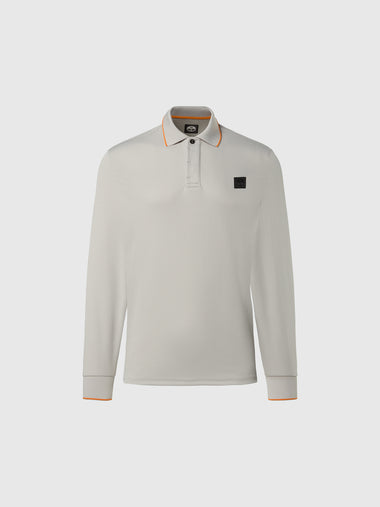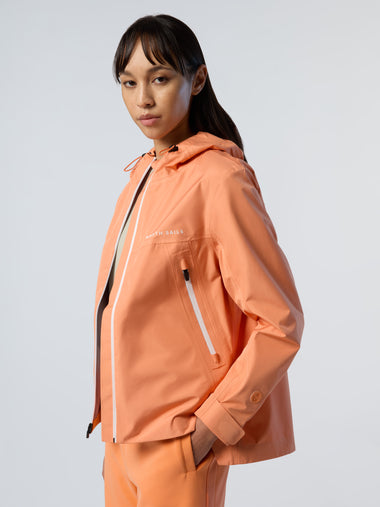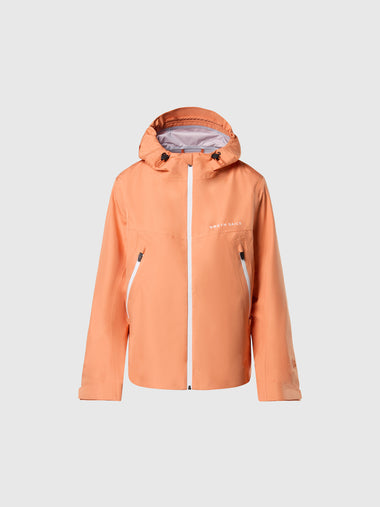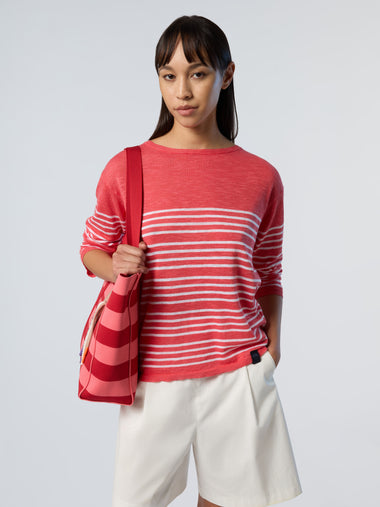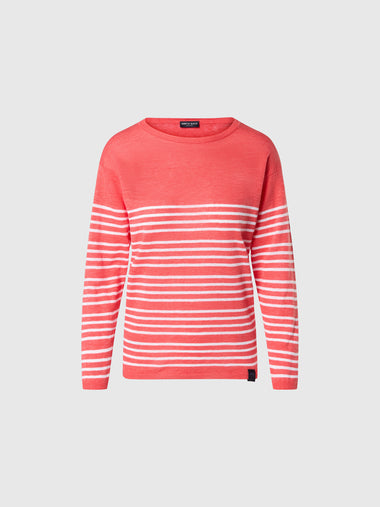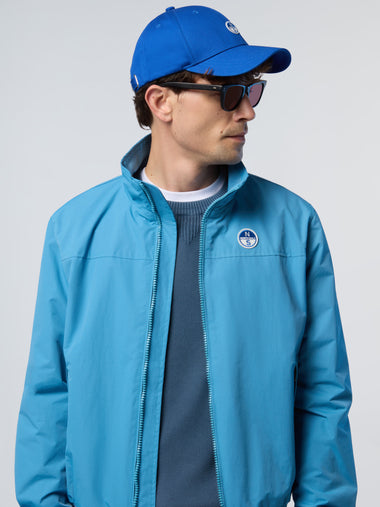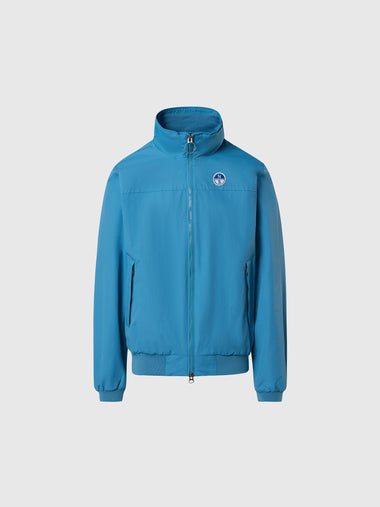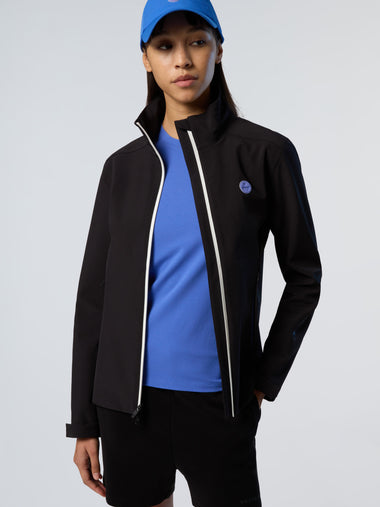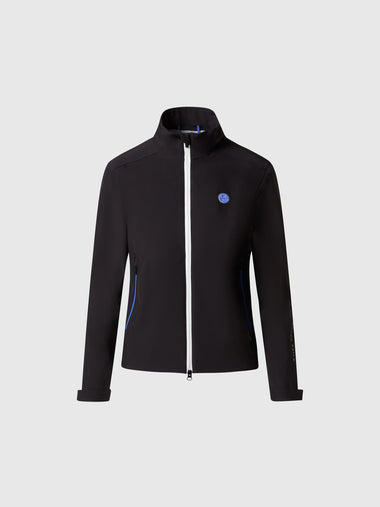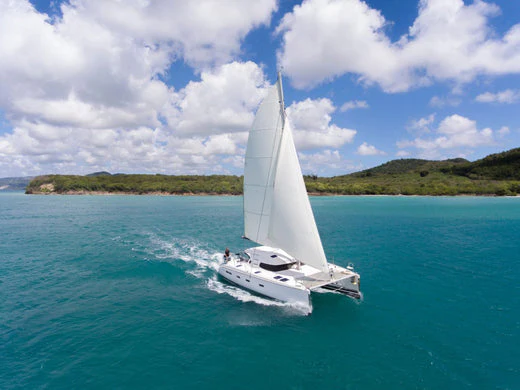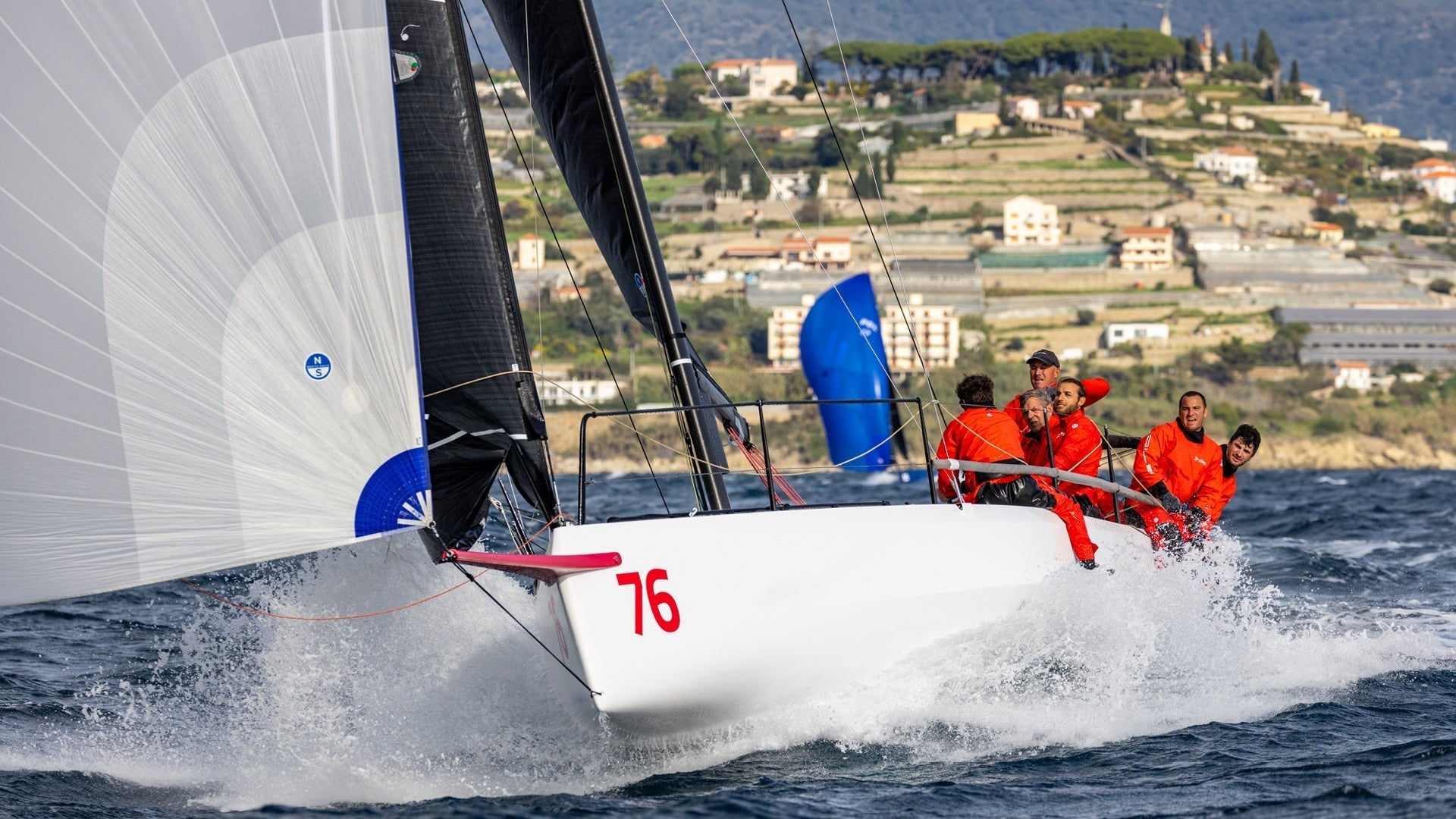OPTIMIZED FOR MULTIHULL
Sailing multihulls have unique attributes: higher speeds, higher stability, higher loads.
It’s very important that multihull sails have the correct fit, form and function. While finished sails for multihulls may not look that different on the water, our understanding of multihull attributes and performance makes the difference in producing high quality sails.
OPTIMIZED SAIL SHAPE
Through decades of multihull experience, North sails has developed and maintains an extensive library of validated multihull “mold” shapes. Shapes are classified by performance requirements, wind range, aspect ratio, and other factors. Designers use this library as the basis for camber, draft, twist, and geometry before customizing to each individual sail’s specific requirements.
STRAIGHT MASTS
Most multihulls do not have backstays. The mast is supported by the main shrouds, as well as diamonds or lower shrouds or both. Many multihulls have aerodynamically efficient, longer chord-length masts. As a result, multihull masts are generally very straight in the fore and aft direction – with only mainsheet and cunningham to control mast bend. Straight masts are more challenging for the sail designer, who must rely on sail material, structural engineering, and shape distribution for the perfect fit. Thanks to the power of the North Design Suite, North designers are able to optimize multihull sails for straight masts.
ROTATING MASTS
Some multihulls use rotating masts to improve aerodynamic efficiency and control sail shape. Mast rotation impacts luff curve and flattens the overall sail shape – but not too much. North designers account for the amount of rotation along with the size of mast (chord-length) to optimize the mainsail performance.
HEADSTAY SAG
Headstay sag is an important design consideration for upwind headsails, and multihulls can often sail with more headstay sag than monohulls. Too much headstay sag usually reduces upwind performance. North Sails designers optimize for this extra headstay sag through specialized shape distribution, ensuring fast, easy to use sail shapes.
TIGHT WIND ANGLES
Multihulls have higher righting moments and less drag for faster sailing. Faster sailing means closer wind angles, which requires flatter, more specialized sail shapes. This is true for both upwind and downwind multihull sails. North Sails optimizes for the tight apparent wind angles of multihulls.
OPTIMIZED SAIL SIZE
Mainsail Roach profile is one area where multihulls stand out – the absence of a permanent backstay allows a variety of large roach designs. The shape of these roach profiles has evolved over time and the optimum profile depends upon a variety of factors: optimal sail area and distribution, aerodynamics, camber depth, twist profile, and ease of handling/stowage. Today, North Sails offers two distinct types of mainsail roach profiles.
SQUARE TOP MAINSAIL
This modern feature adds area on top, allows twist higher up the leech, and permits more tension on the mainsheet which translates to better performance upwind. The extra power on top also increases downwind speeds. When performance is a top priority, square top mainsail are the best choice. A key feature sail designers optimize is the head width as a percentage of the foot length. Some square tops include a head cut out and vertical batten to maximize sail area while minimizing drag at the top of the mast.
HIGH ROACH MAINSAIL
A more traditional approach to multihull mainsail design is a high roach mainsail which usually has a batten arrangement that allows easy stowage of the sail on the boom without disconnecting the head from the mast. High roach sails are well suited for woven polyester material, which cannot always support a square top design. High roach mainsails are optimized for cruising.
RIG GEOMETRY
Cruising catamarans often feature mainsails and headsails with high clews. Sail designers might need to accommodate deck features such as hard tops, biminis, and the relative heights of a headsails clew and tack. Each of these can affect sail shape and engineering. Here is a photo of a mainsail and headsail that accommodate the unique deck geometry of a cruising catamaran.
OFFWIND SAILS
The wide multihull shroud base allows a range of reaching and downwind sail types. A key factor when designing these sails is the desired apparent wind angle, which will determine if the sail sheets inside or outside the shrouds. Close reaching sails that sheet inside must respect the shroud geometry. Downwind spinnakers that sheet outside can be larger in size and deeper in shape. Please read the North Sails Multihull Downwind Sail Guide for a full explanation of the different North multihull offwind sail types.
OPTIMIZED SAIL STRUCTURE
A multihull’s higher righting moment means higher sail loads, which in turn require stronger, lower stretch materials. North Sails uses a sophisticated tool to determine the modulus requirement (stretch resistance) for a given sail. Boat performance, wind strength, sail size, aspect ratio and trimming characteristics will all factor into the optimum sail multihull structure.
Once structural requirements are understood, North Sails has a variety of racing and cruising materials that will meet your performance, durability and budgets.
North Sails offers a variety of sail material choices for multihulls, but 3Di composite molded sail technology is uniquely suited to producing the best multihull sails where high strength, low stretch and extreme durability are essential.
Some key aspects of 3Di sails that are important for multihull sailors include:
- 3D molded for optimized sail shape
- Spread filament composite construction for high strength and low stretch
- Ultra PE reinforced for ultimate durability
- Variable fiber mass
- Secondary and compressive load resistance
- Specialized multihull structural tape layouts

SAIL FINISHING
Beyond optimized sail size, shape, and structure, North Sails optimizes the finishing details for multihulls.
Some of the sail details optimized for multihulls include:
- Mainsail reefing systems, tack and clew attachments
- Mainsail luff hardware, battens and slide attachments
- Mainsail head attachments and jacklines for square-top and high-roach sails
- Vertical battens for specialized mainsail head cut outs
- Mainsail Reefing pull down lines
- Headsail furling systems for fixed, free flying and structural furlers




